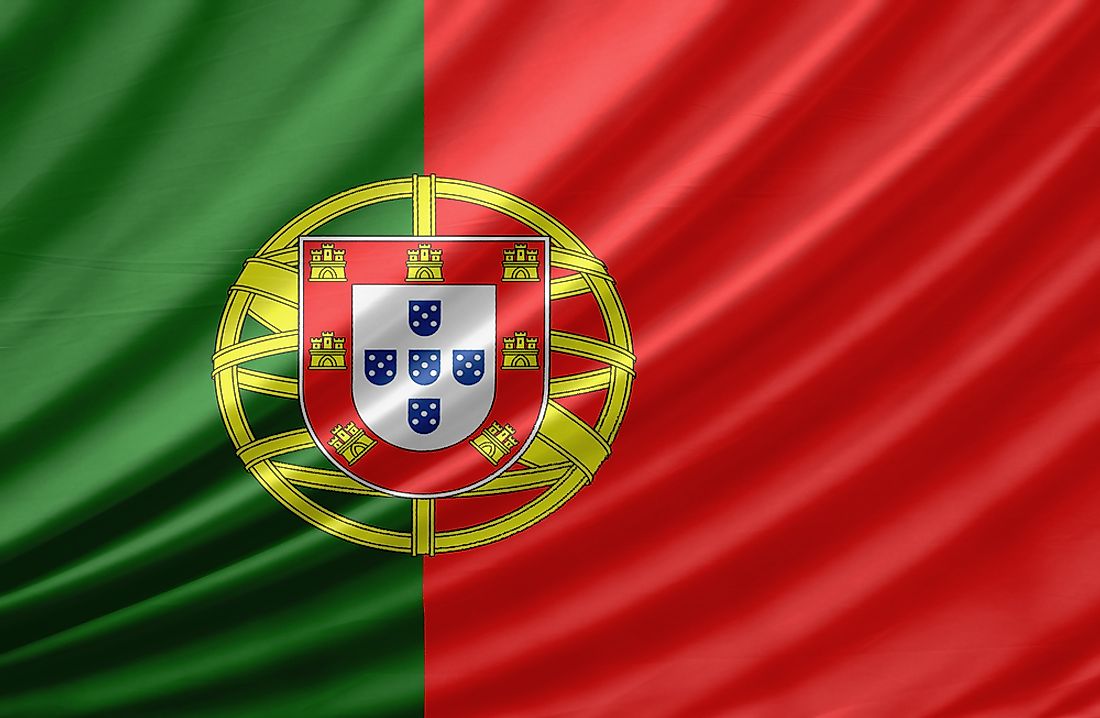What Languages Are Spoken in Portugal?

Portugal is located in southwestern Europe and is one of the earliest European countries to have carried out voyages around the world. Within an area of 35,560 square miles, Portugal has a population of more than 10 million people. About 96% of the country's population is of Portuguese descent, with the remaining population forming the minority communities. Other ethnic groups include Spaniards, Iberians, and Italians. Portuguese is, therefore, the commonly spoken language and the first language of most of the population. The Portuguese have adopted the use of other foreign languages, mainly English, French, and Spanish. Portuguese is the country's official language, while English is the second most common language.
Portuguese: The Official Language of Portugal
Portuguese is an Indo-European Romance language and the official language of Portugal. Portuguese is used in several other countries, which have had contact with Portugal over the years. A large population of Portugal’s population, about 96%, speaks Portuguese. Most of these Portuguese speakers use the language as their mother tongue. In Portugal, the language has ten unique dialects. Portuguese is used in all spheres of life in the country, from writing to most of the communication in business and daily interactions. Portuguese is also used in former colonies and territories of Portugal.
Other Popular Languages Spoken in Portugal
English
English is the second most widely spoken language in Portugal. While the language has almost no native speakers within the country, English has grown to become a major language in tourist areas such as Lisbon. Also making up a majority of the English speakers are professionals, and compared to Spain, there are more English speakers in Portugal. The growth of the English language in Portugal is linked to the small size of the country, thus opening it to outside influences, interaction with English and American films, a close relationship with England, as well as the openness of the Portuguese in learning foreign languages. The language is also taught in schools as a second language and is slowly gaining popularity among youth.
Spanish and French
Spanish is spoken by about 10% of the population. Being a Romance language, Spanish has a close similarity to Portuguese, making it easy for a Portuguese speaker to understand a Spanish speaker. The use of French in Portugal has declined over the years, with most of the population preferring English over the French language. French was introduced in Portugal during the 19th century and remained popular until the 1970s. Currently, French is mostly spoken by elderly segments of the population.
Mirandese
Mirandese is an Indo-European and Astur-Leonese language spoken by a small population (about 15,000), both as a first and second language. The language is spoken in three municipalities located in the northeastern part of the country. These municipalities are Vimioso, Miranda do Douro and Mogaduro. Mirandese is recognized as a co-official regional language, alongside Portuguese. The language has three distinct dialects: border, central, and Sendinesse Mirandese.
Portuguese Sign Language
The Constitution of Portugal recognizes Portuguese Sign Language. The deaf community in Portugal, which is made up of about 60,000 persons, communicates using this form of sign language. Portuguese Sign Language is a member of the Swedish Sign Language family, and is native to Portugal.











